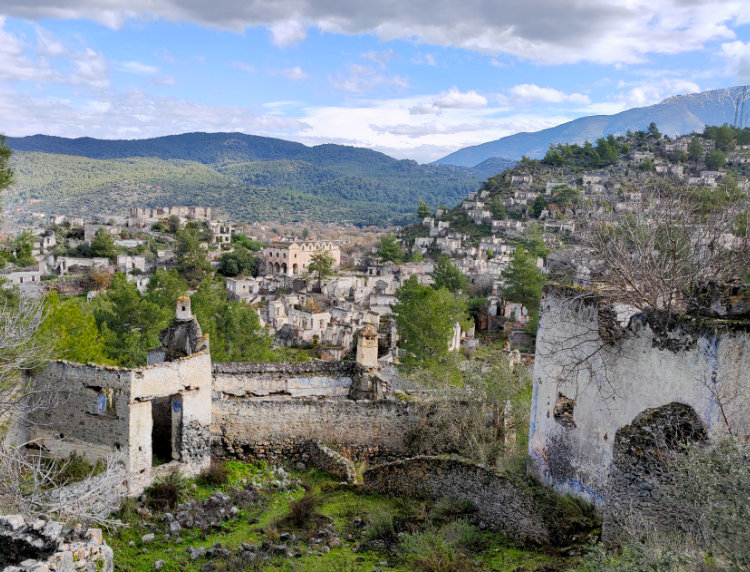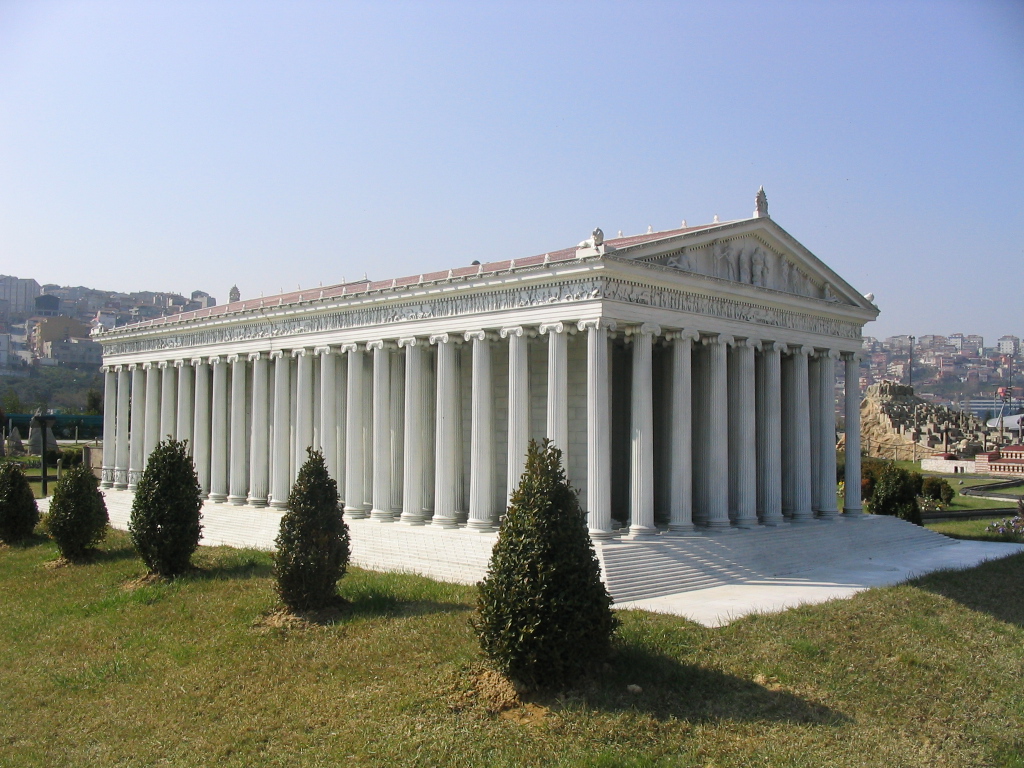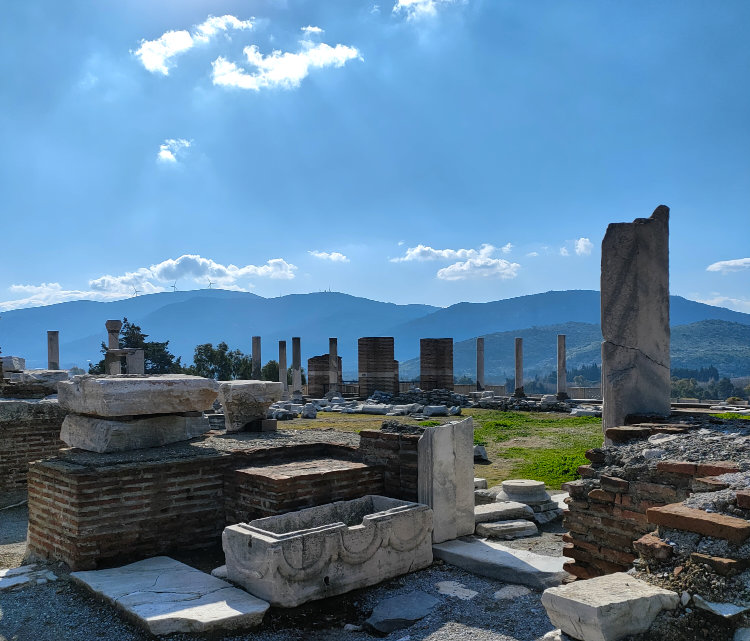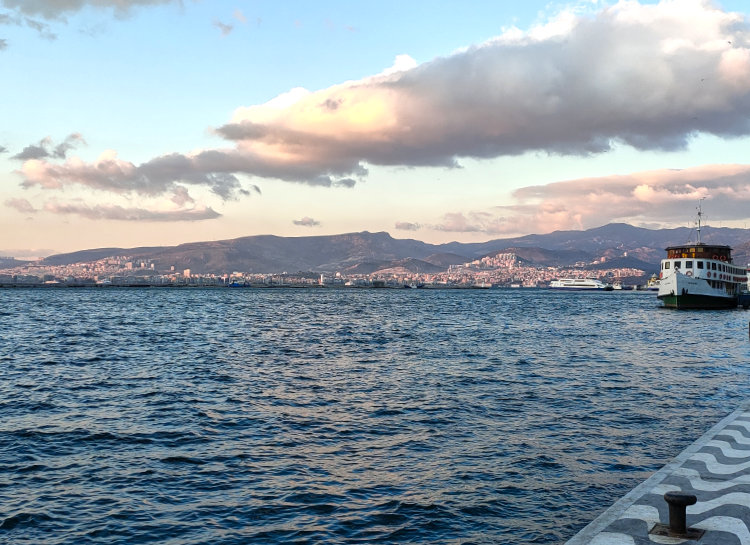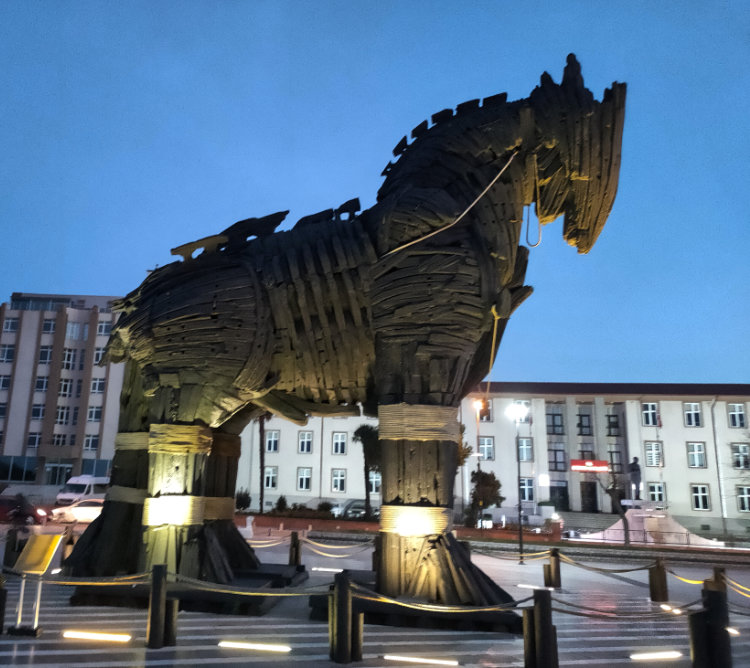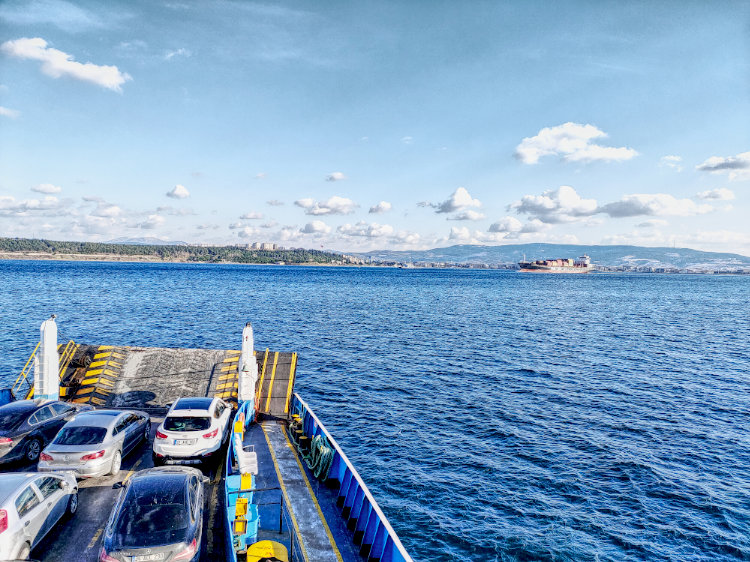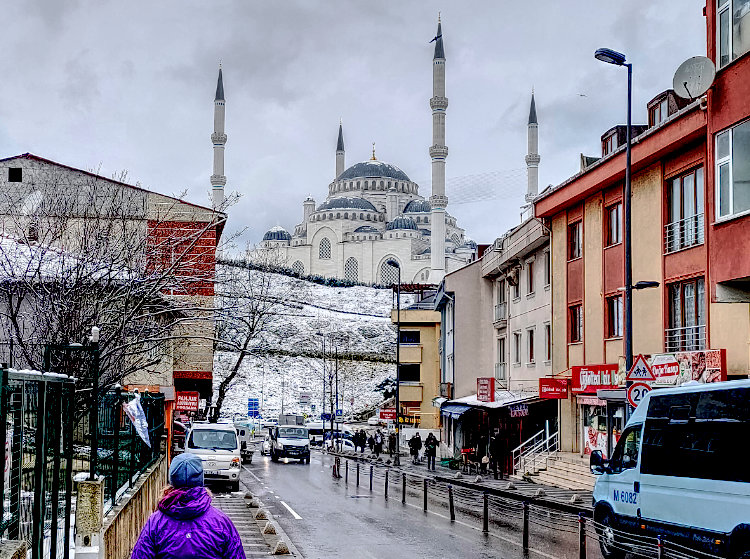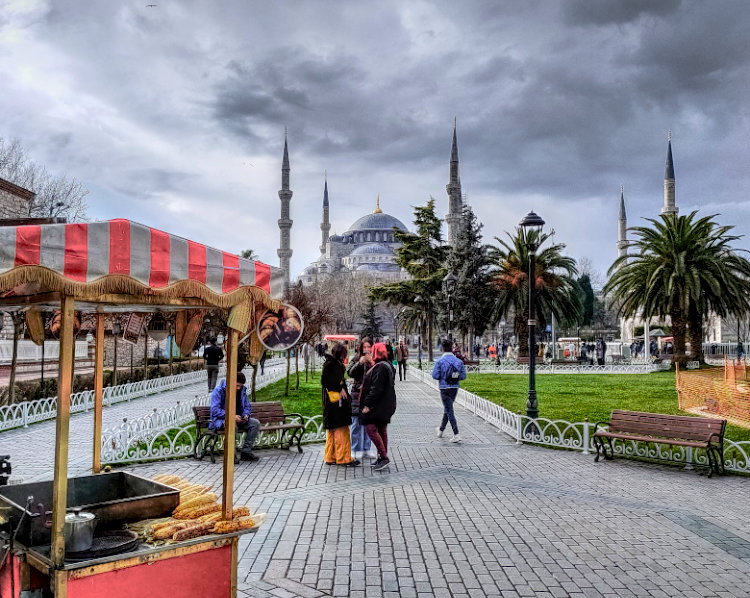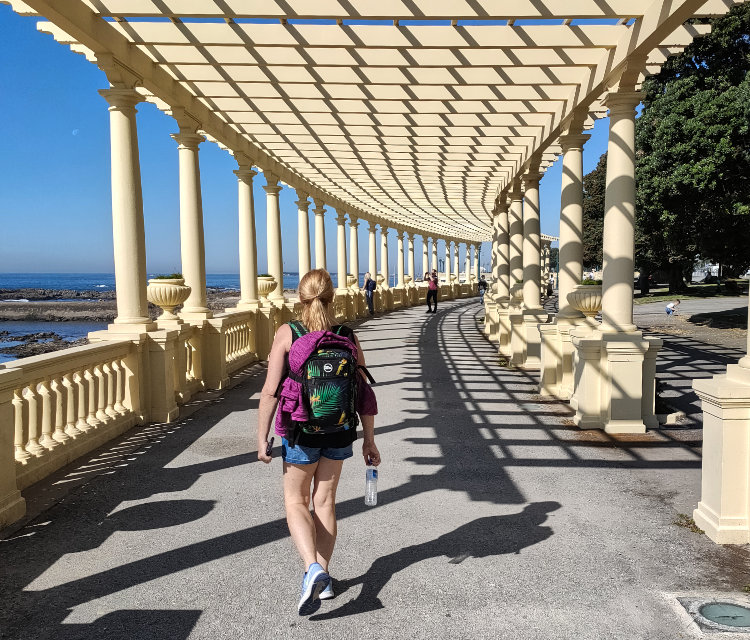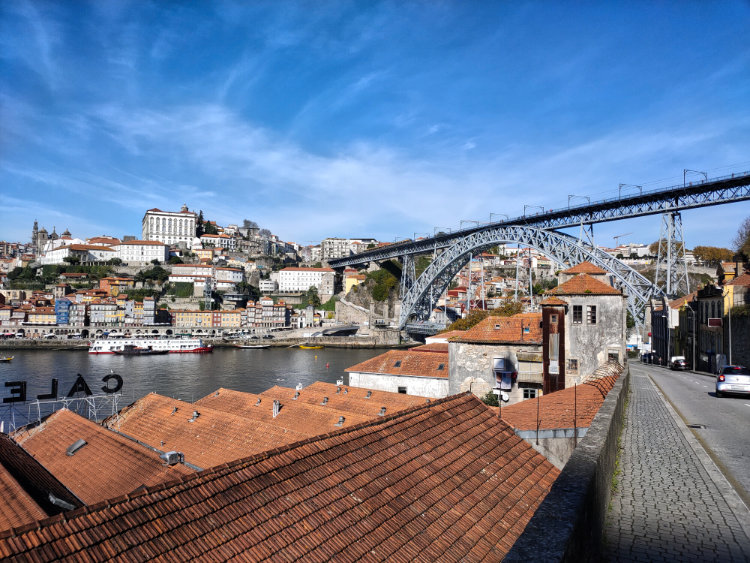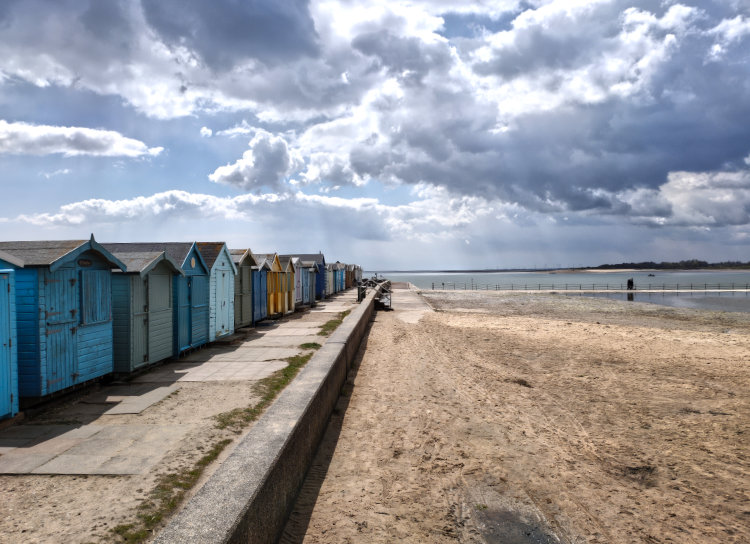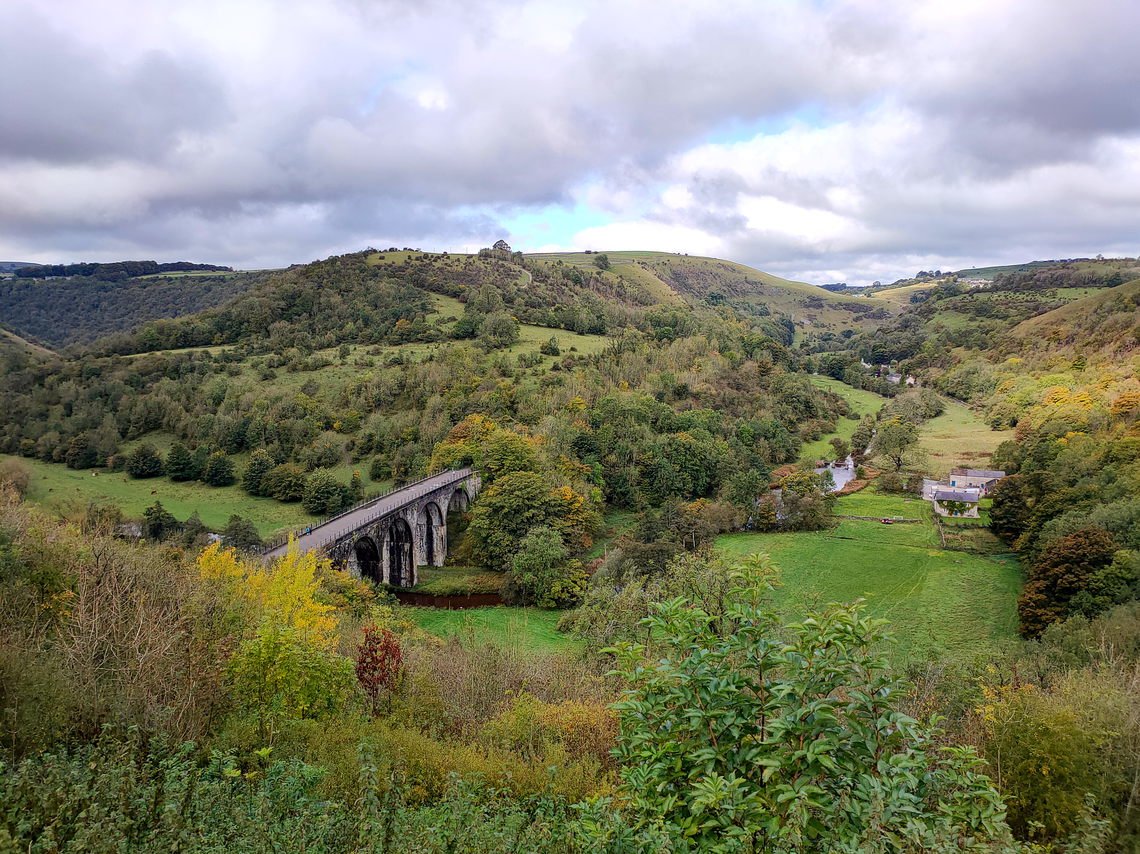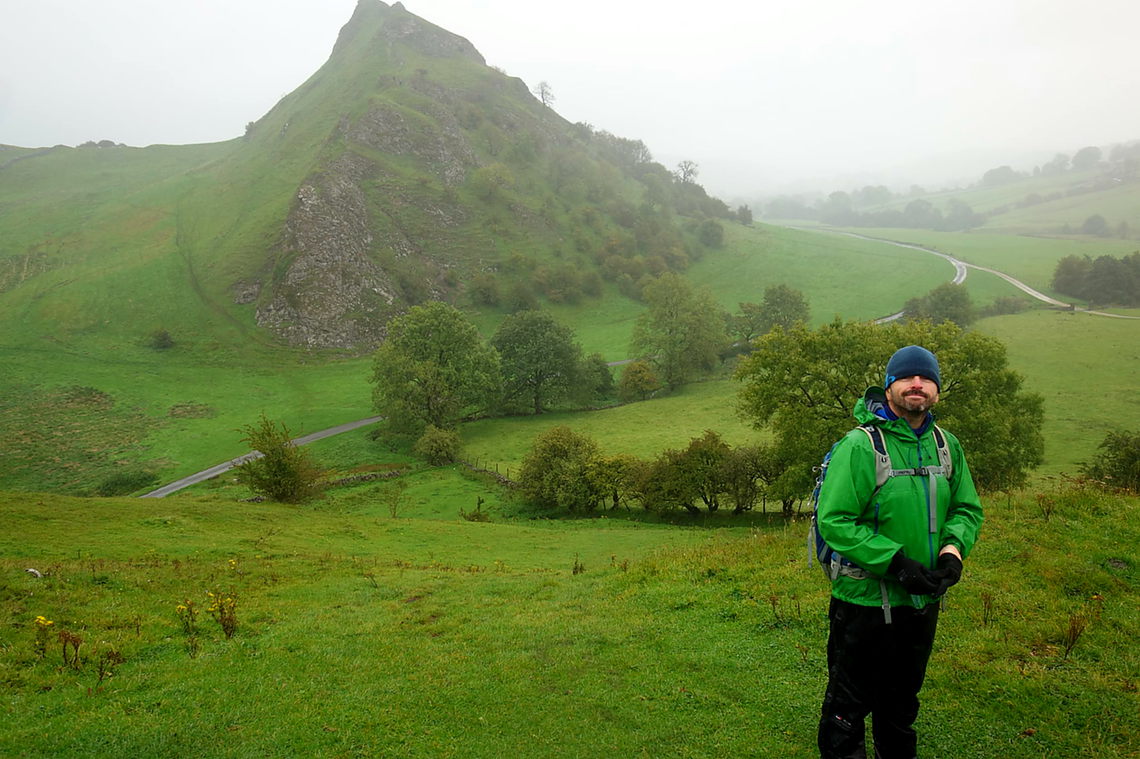Walk • Trek • Travel
A photographic record and journal of our walking, trekking and travelling adventures.
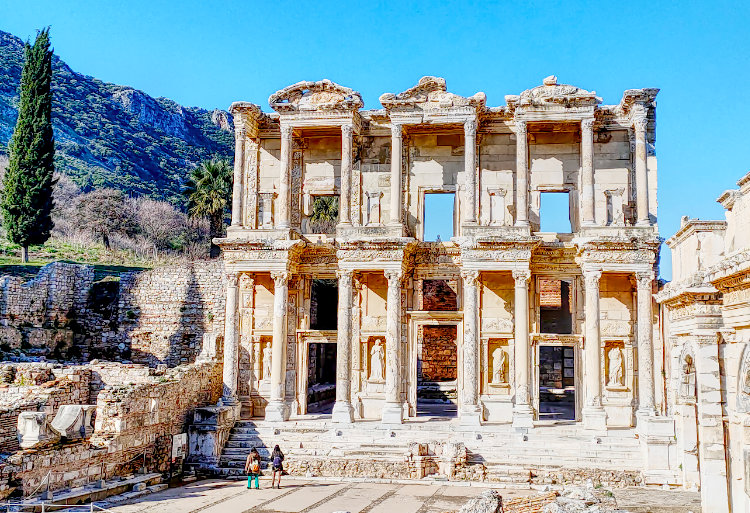
Selçuk Ephesus
Friday 28 January 2022
Afew miles outside of Selçuk is the ancient city of Ephesus. One of
the largest Roman archaeological sites in the eastern Mediterranean.
Visitors can walk up Harbor street from the old harbour to the Great
Theatre and try to imagine a twenty-four thousand capacity crowd sitting
on the marble seats entertained by performers on the stage.
Then, perhaps, meander through the shops at the commercial agora
before exiting through the Gate of Mazaeus and Mithradates (Gate of
Augustus) and passing through the courtyard of the Libray of Celsus
before heading up Curetes Street, passed the posh terraced houses to the
public toilets nearby.
These places are there to be seen today and are a marvellous sight to
see. But it is the history of this great city that makes it such a
fascinating place and the people who are associated with it.
In 334 BC, Alexander the Great, the Greek King of Macedon, entered
Ephesus in triumph after defeating the Persians.
Between 263 and 197 BC, the Egyptian fleet of Pharaoh Ptolemy III
swept the coast of Asia Minor, and Ephesus came under Egyptian rule.
In 129 BC, Ephesus became part of the Roman Republic. Apart from a
brief spell between 88 to 86 BC, when the King of Pontus orchestrated
the massacre of eighty thousand Romans (Asiatic Vespers), Ephesus
remained part of the Republic until it was dissolved in 27 BC.
Mark Antony and Cleopatra were welcomed by Ephesus in 33 BC when
Antony gathered his fleet of ships before the battle of Actium. Three
years later, Antony and Cleopatra committed suicide in Alexandria after
being defeated by Octavius at the battle.
From 47 AD, the apostle John lived in Ephesus and was believed by
some to have travelled there with the Virgin Mary. Both remained there
until their deaths. John wrote his Gospel and letters at Ephesus and
Revelation at Pátmos after being exiled there by Emperor Titus Flavius
Domitianus for eight years before being pardoned by Emperor Nerva, who
succeeded Domitianus.
From 52–54 AD, the apostle Paul lived in Ephesus and is believed to
have written First Corinthians there.
Susan and I decided that we would walk to Ephesus from Selçuk. The
hotel and Tourist Information centre staff couldn’t understand why
anyone would want to walk so far, but to us, it made perfect sense.
Our route would take us past the Temple of Artemis on the way to
Ephesus and the Ephesus Museum on the way back. As we left Selçuk, one
of the many stray dogs decided to join us and stayed with us all the way
to Ephesus. These dogs don’t seem to want food; they seem to want some
company or to play for a while. Our four-legged companion eventually
found a hole in a fence that it could not resist and was last seen
bounding across a restricted part of the ancient city.
After a long day at Ephesus followed by the Musem, we eventually
returned to Selçuk. We had walked ten miles and were famished. We were
delighted when we found the pizza and pide restaurant Efes Pidecisi. The
staff were charming and made us fresh vegetarian pizza. Probably the
best pizza we have ever had!

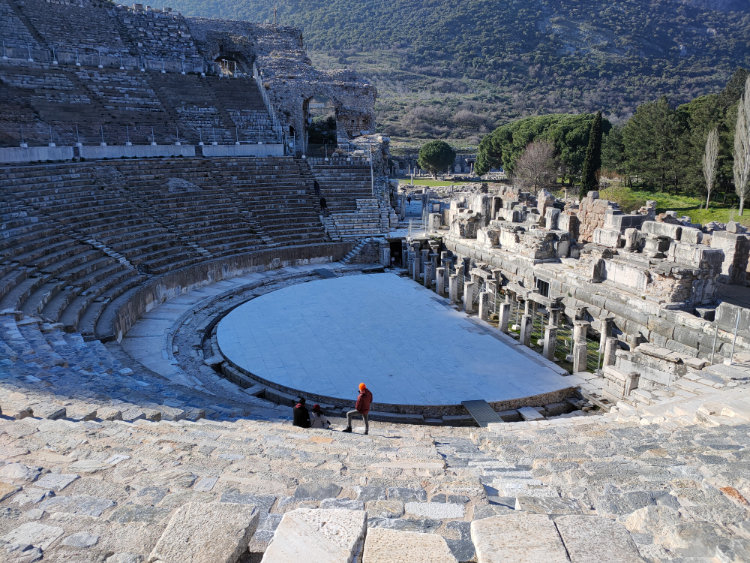
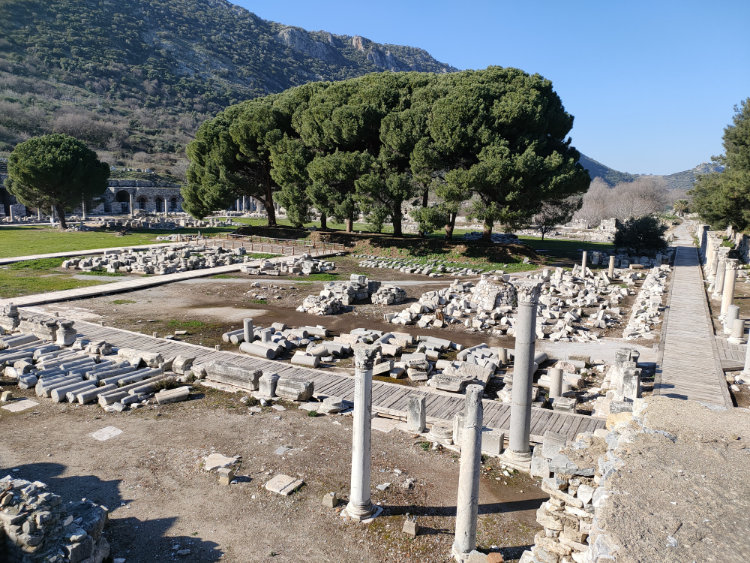
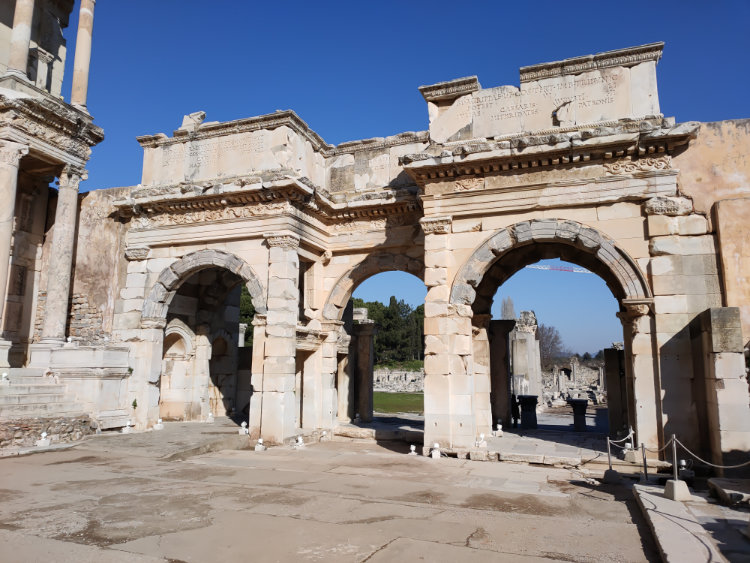


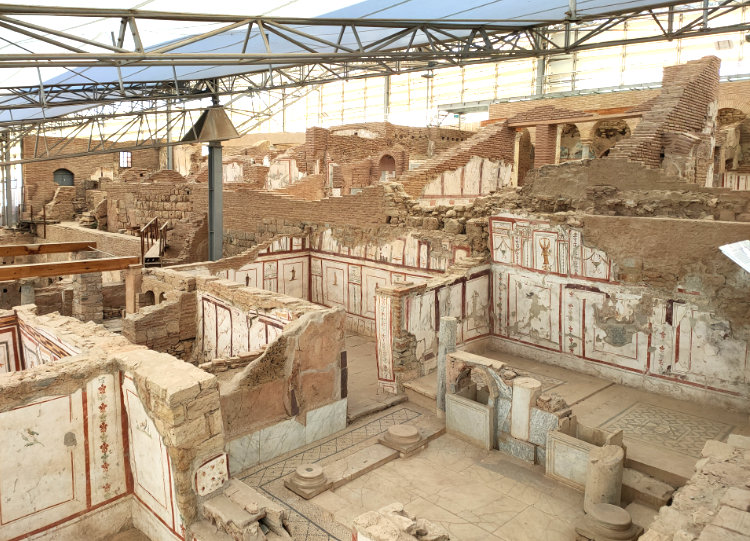
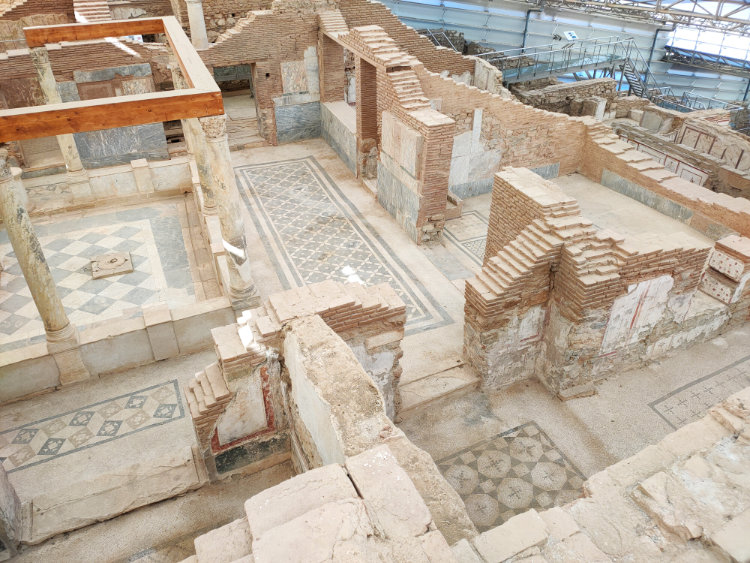
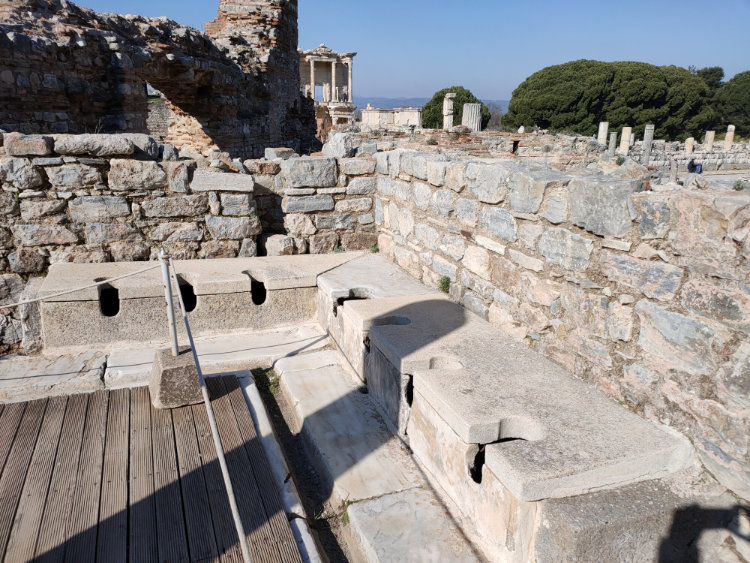
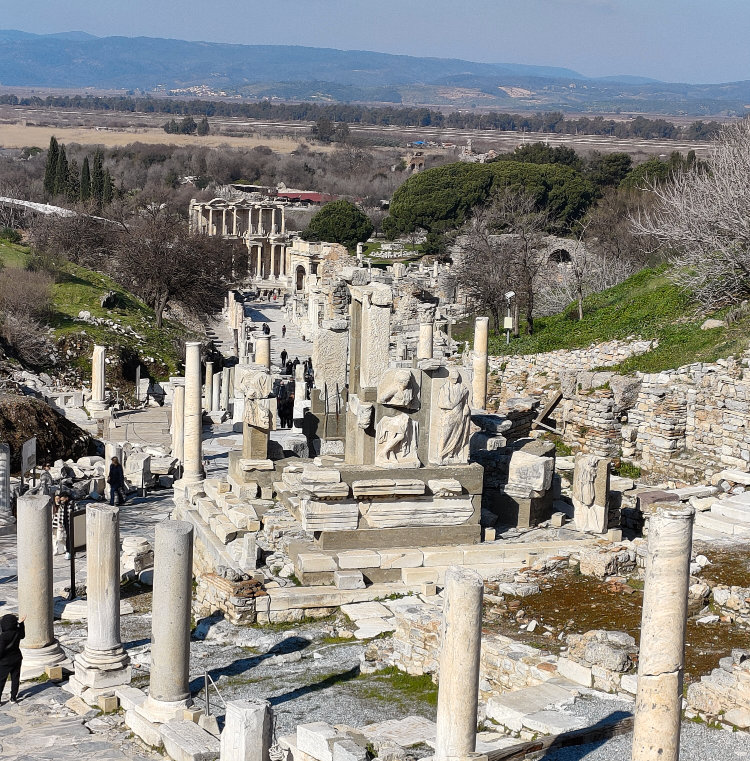
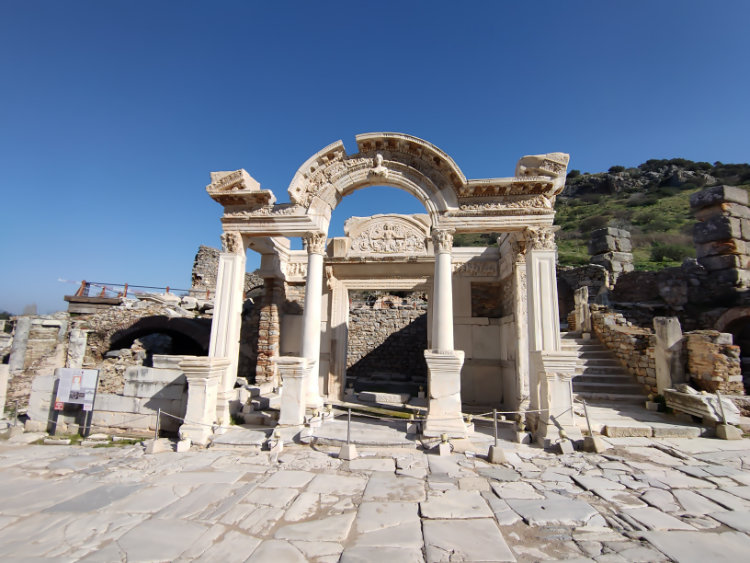
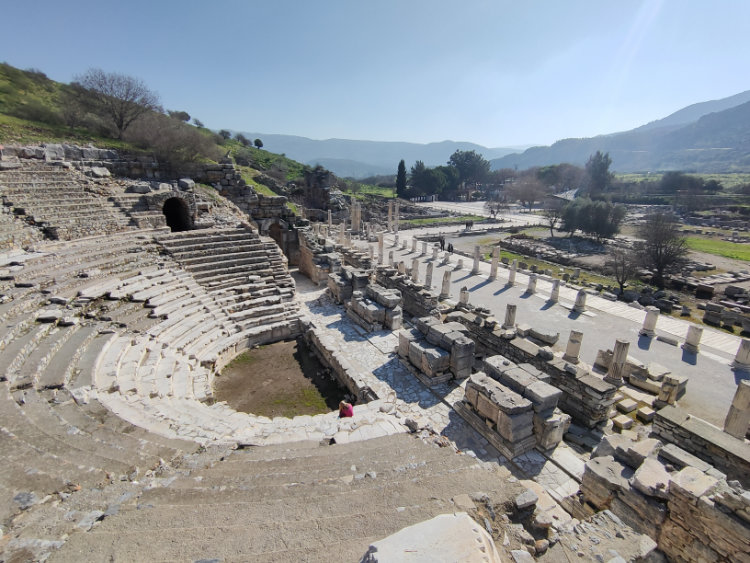
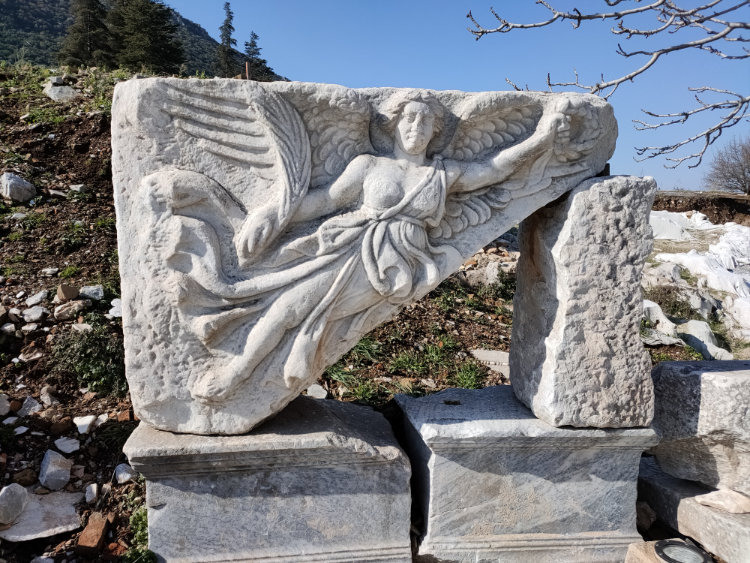


Are you tired of being stuck in the office? Bored of being chained to a desk? Counting down the days until retirement?
Me too!!
CATEGORIES
FOLLOW US
RECENT POSTS
-
Tuesday 01 February 2022
-
Monday 31 January 2022
-
Sunday 30 January 2022
-
Saturday 29 January 2022
-
Friday 28 January 2022
-
Thursday 27 January 2022
-
Wednesday 26 January 2022
-
Tuesday 25 January 2022
-
Monday 24 January 2022
-
Sunday 23 January 2022
-
Saturday 22 January 2022
-
Friday 21 January 2022
-
Thursday 20 January 2022
-
Sunday 02 January 2022
-
Saturday 01 January 2022
-
Wednesday 27 October 2021
-
Tuesday 26 October 2021
-
Sunday 02 May 2021
-
Sunday 04 October 2020
-
Saturday 03 October 2020



